What is the term "Distinctive Number of Shares" under the Companies Act of 2013 and how to update in Register of Members (MGT-1)
It refers to the unique identification number assigned to each share in a company which helps in differentiating and tracking individual shares within a company's share capital and to determine the distinctive number of shares for a total of 10,000 shares (Example) distributed equally among two shareholders, each holding 50% of the shares, you can follow these steps:-
-
Start by assigning the first distinctive number to the first share. Let's say you choose "1" as the starting distinctive number.
-
Allocate the shares to the first shareholder until they reach their 50% ownership. In this case, it would be 5,000 shares.
-
Assign the distinctive numbers to the shares allocated to the first shareholder. You can simply increment the distinctive number by one for each share allocated to them. For example, you would assign distinctive numbers 1 to 5,000 to these shares.
-
Once you have assigned the distinctive numbers for the shares allocated to the first shareholder, move on to the second shareholder.
-
Assign the next distinctive number after the last one assigned to the first shareholder. The next distinctive number would be "5,001".
-
Allocate the remaining shares (5,000 shares) to the second shareholder.
-
Assign the distinctive numbers to the shares allocated to the second shareholder. Start from the number you determined in the previous step (5,001) and increment by one for each share. Assign distinctive numbers 5,001 to 10,000 to these shares.
This process, you can ensure that each share has a unique distinctive number and that the shares are distributed equally between the two shareholders, with 50% ownership each. Distinctive numbers of shares are typically assigned at the time of issuance and serve as a unique identifier for each share. These numbers are intended to remain constant throughout the life of the share.
But, there may be certain circumstances where changes to distinctive numbers of shares can occur -
-
Share Consolidation or Split: In the event of a share consolidation (reverse stock split) or share split (stock split), where the number of shares held by shareholders is adjusted, the distinctive numbers may be recalculated or reorganized to align with the new share structure.
-
Share Reconstruction or Reorganization: In certain corporate actions, such as mergers, acquisitions, or reorganizations, the distinctive numbers of shares may be modified to accommodate changes in the company's capital structure or to ensure compatibility between different share classes.
-
Error Correction: If there is an error or discrepancy in the distinctive numbers recorded in the register or share certificates, the company may undertake a corrective measure to rectify the mistake by updating the distinctive numbers.
-
Conversion or Redemption: If convertible shares or redeemable shares are converted or redeemed, resulting in changes to the share structure, the distinctive numbers may be adjusted to reflect the revised ownership or the retirement of certain shares.
-
Legal or Regulatory Requirements: In exceptional cases where legal or regulatory requirements necessitate a change in distinctive numbers, such as resolving conflicts with other entities or complying with specific regulatory provisions, the company may be required to update the distinctive numbers.
Any changes to distinctive numbers should be carried out in compliance with the applicable laws, regulations, and the company's articles of association. The specific procedures for changing distinctive numbers may vary depending on the jurisdiction and the circumstances involved.
More, In the case of transferring shares, the distinctive numbers assigned to the shares can change depending on the specific circumstances. When shares are transferred from one shareholder to another, the distinctive numbers associated with those shares may be updated to reflect the new ownership.
How the distinctive numbers may change in the case of a transfer of shares?
-
Original Distinctive Numbers: The shares initially issued to the shareholders will have distinctive numbers assigned to them according to the method mentioned earlier.
-
Transfer Agreement: When a shareholder decides to transfer their shares to another party, a transfer agreement is typically executed. This agreement outlines the terms and conditions of the transfer, including the number of shares being transferred.
-
Update of Distinctive Numbers: After the transfer is completed, the company will update the distinctive numbers of the transferred shares to reflect the new ownership. The exact method for updating the distinctive numbers can vary depending on the company's internal procedures or legal requirements in the applicable jurisdiction.
-
Share Certificate: Once the transfer is processed and the distinctive numbers are updated, a new share certificate may be issued to the new shareholder, indicating their ownership of the transferred shares and the corresponding distinctive numbers.
Note: The specific process and requirements for transferring shares, including updating distinctive numbers, may vary depending on the jurisdiction and the company's bylaws or articles of association.
When recording the transfer of shares in the Register of Members (as per MGT-1) under the Companies Act, 2013, you would typically include the following details
-
Date of Transfer: Note the date when the transfer of shares took place.
-
Transferor (Transfer From): Provide the details of the transferor, i.e., the shareholder who is transferring the shares. This includes their name, address, and any other relevant identification information.
-
Transferee (Transfer To): Include the details of the transferee, i.e., the shareholder to whom the shares are being transferred. This includes their name, address, and any other relevant identification information.
-
Share Details: Specify the details of the shares being transferred. This includes the distinctive numbers of the shares, the number of shares being transferred, and the class or type of shares.
-
Consideration: Mention the consideration or price, if any, agreed upon for the transfer of shares. This can include the monetary value or any non-monetary consideration.
-
Share Certificate Details: If new share certificates are issued following the transfer, note the details of the new share certificate, such as the certificate number and date of issue.
-
Any Other Relevant Information: Include any additional details or remarks related to the share transfer, as required.
To ensure accuracy and compliance with the applicable laws and regulations while making entries in the Register of Members. Join the hand of Compliance Calendar to ensure proper recording of share transfers in the Register of Members (MGT-1).










































































_crop10_thumb.jpg)


































































_crop10_thumb.jpg)
_crop10_thumb.jpg)



_crop10_thumb.jpg)


_crop10_thumb.jpg)





_crop10_thumb.jpg)

_crop10_thumb.jpg)














-suratgujarat-section-158_crop10_thumb.jpg)
-suratgujarat_crop10_thumb.jpg)
-(33)_crop10_thumb.jpg)



-ahmedabad_crop10_thumb.jpg)
-learn_crop10_thumb.jpg)

-learnn_crop10_thumb.jpg)



























































_crop10_thumb.jpg)























_Guidelines_learn_crop10_thumb.jpg)























_learn_crop10_thumb.jpg)
_crop10_thumb.jpeg)










_crop10_thumb.jpg)




_Second_Amendment_Rules,_2025_learn_crop10_thumb.jpg)







_learn_crop10_thumb.jpg)
































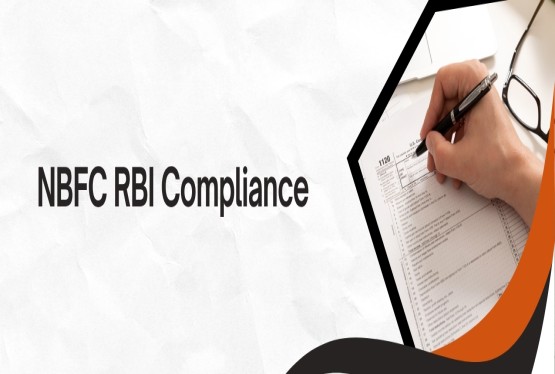











_learn_crop10_thumb.jpeg)









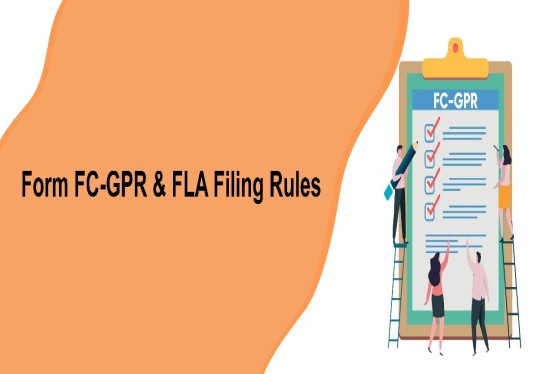









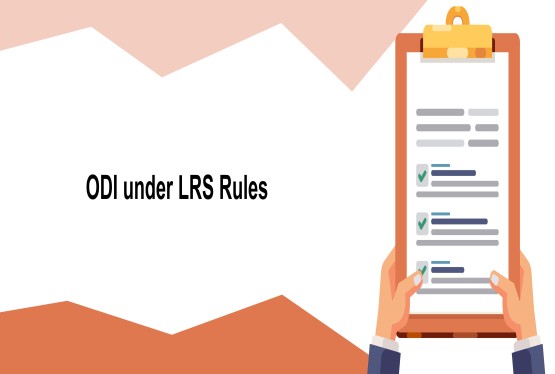



_learn_crop10_thumb.jpg)



_rd_roc_learn_crop10_thumb.jpg)
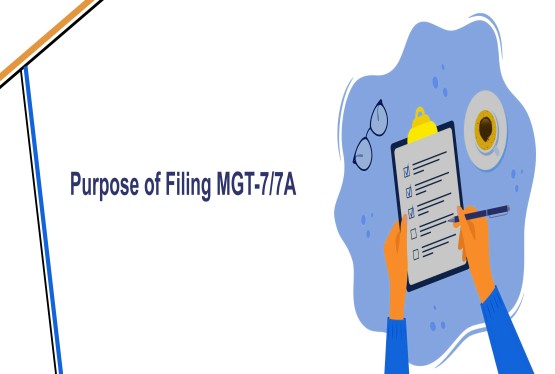



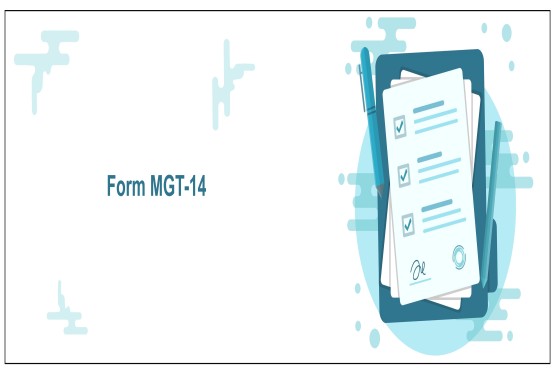

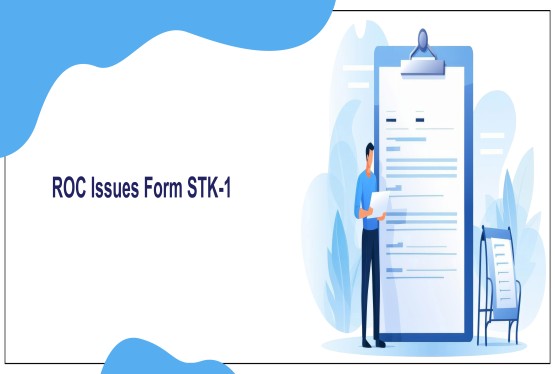









_learn_crop10_thumb.jpg)






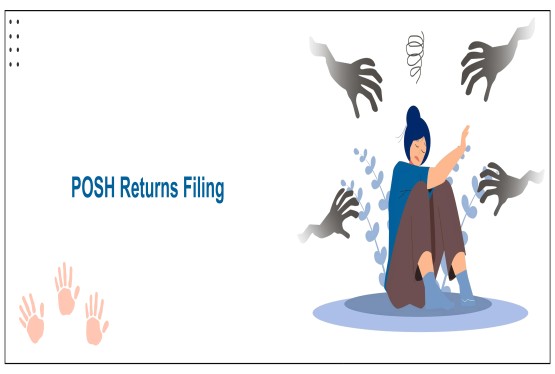





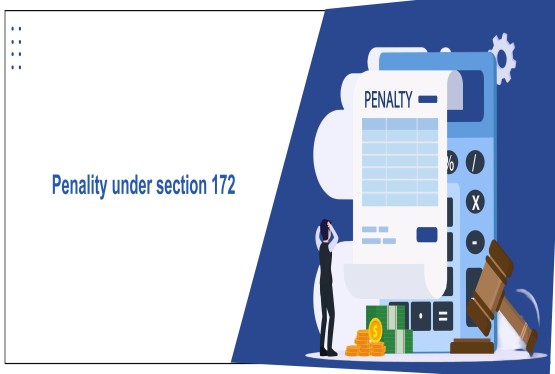

_learn_crop10_thumb.jpg)
_Learn_crop10_thumb.jpg)















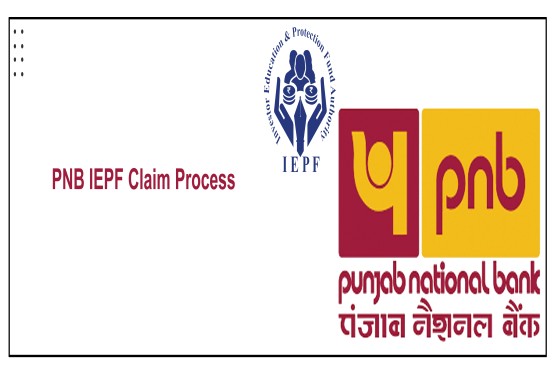



















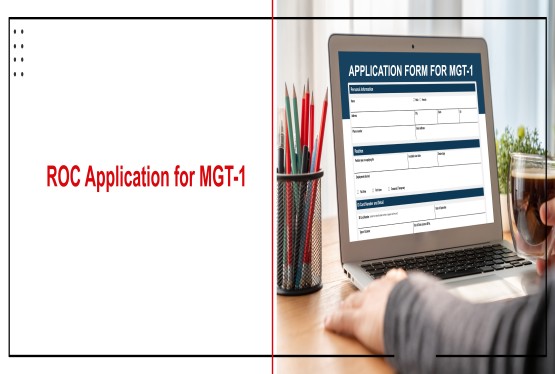







_learn_crop10_thumb.jpg)


